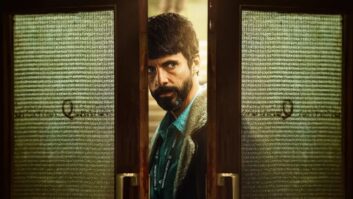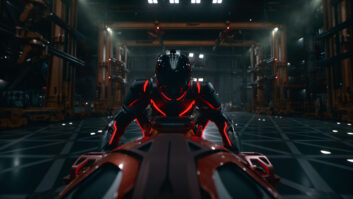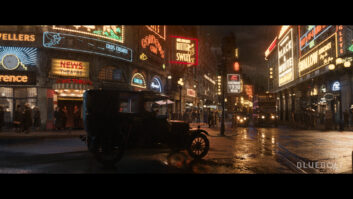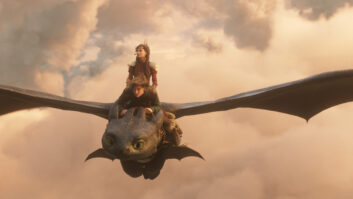La Última, also known as Our Only Chance, is Spain’s first original Disney Plus drama series. Platinum recording artist Aitana and award-winning actor Miguel Bernardeau lead the cast of the music-filled series about overcoming obstacles and disappointment and experiencing hope, love, and friendship.
The series was directed by Eduard Cortés and Abigail Schaaff with cinematography by Ricardo de Gracia and Paco Sánchez Polo. It was graded on Baselight by senior colourist Raúl Lavado at Madrid FTFcam.
Beginning La Última
Lavado was involved in the project from the beginning, something that is becoming more common and appreciated by colourists.
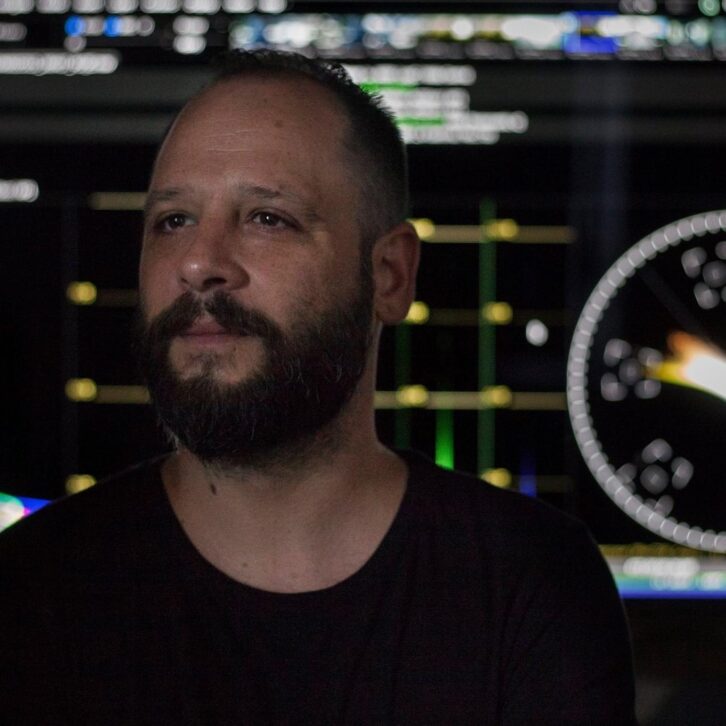
“With Ricardo De Gracia, the DoP, we had the opportunity to test a few cameras and various sets of lenses in Baselight, to see what types of textures and features were closest to Ricardo’s creative intent for the series,” he explains.
“The main premise of Ricardo and Eduard Cortes, the director, was that everything be very natural, vibrant and organic, but above all that it be an image with volume, as three-dimensional as possible,” adds Lavado. “This was very much the goal for the look of the series.”
The workflow
The team chose to work under the T-CAM pipeline, with all VFX management in ACES (The Academy Colour Encoding System). T-CAM is a feature in Baselight that helps to improve appearance matching between viewing conditions, create better shadow definition, improved skin tones, and less noise.
“T-CAM allows you unprecedented creative speed when developing looks, both in a general show look and by scene,” explains Lavado.
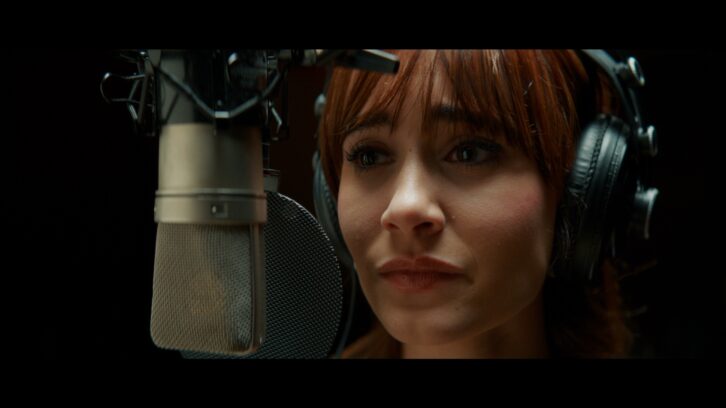
“Baselight’s colour management allowed us to take the VFX pull from T-CAM to ACES AP0, directly from the work timeline without having to make intermediate adjustments. It also meant we could export SDR versions for review, with total confidence, without the need to do any trim pass or change the project settings.”
The IMF mastering was completed in Dolby Vision on Baselight, as well as all supplementary assets (additional “renders” that can be overlaid or added to the master/original IMF via metadata in the CPL, if changes are required).
The grade
While many of the scenes in the series adopt a vibrant and warm feeling, Lavado utilised Baselight to create different looks for certain characters and sequences. One example of this was the cooler palette he applied to the boxing scenes, to help emphasise the intensity of the sport.
“We wanted to evoke some boxing and street fighting classics, but without losing the essence of our series,” he explains. “We always worked by scene, under the overall ‘show look’ that we designed, but we adjusted the temperature and exposure accordingly to help the narrative of the series and support the events occurring with temporal credibility.”
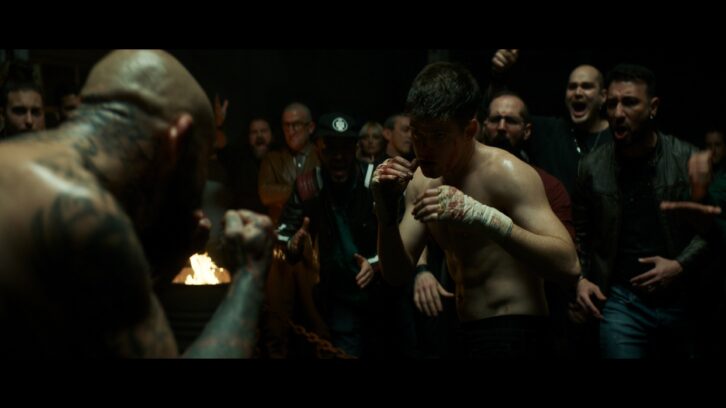
“That’s something I love about Baselight. I always have a reserved layer in my stack, to make those general adjustments per scene – and with group grading it’s very fast.”
Baselight
For La Última, Lavado’s preferred tool was Baselight’s Base Grade feature, which allows colourists to create images based on the way people perceive colour, instead of the traditional lift/gamma/gain approach. It offers natural grading adjustments using a set of controls: Flare, Exposure and Tint.
“More than anything else on this series, I used Base Grade,” comments Lavado. “It is a tool that changes everything and my go-to for almost anything. Sometimes I combine it with Film Grade to get some nuance with more character and I almost always make fine adjustments with Hue Shift.”
Lavado considers himself a technical and methodical colourist, but also likes to tap into his creative side when grading moving images.
“I like to lean on my artistic expression and create emotions with colour, to help tell the story,” he comments. “I let the images speak and spontaneously my instinct guides me to the tools I need to develop looks that emotionally match the scene.”
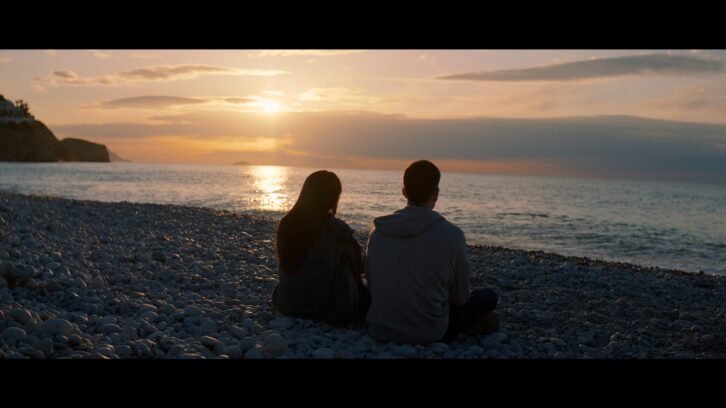
Being an HDR series, Lavado wanted to avoid harsh and unnatural highlights, so turned to Baselight’s Texture Highlight tool to help to bring a softness and perceptual realism to the images.
“I always like to do a fine spatial adjustment per scene, to find the best possible texture and tweak any skin imperfections,” he adds. “The Paint and Texture Equalizer tools create a very natural and smooth result, without losing texture.”
Collaborative success
Lavado puts the success of the project down to his close relationship with the directors and DoPs, as well as his involvement in the project from the very beginning – leaving little margin for error.
“La Última has been one of the most pleasant projects I have ever worked on,” he states. “Ricardo and Eduard let me work independently. When I had an episode ready, we would have a review and adjustment session and in general everything worked very well.”
“I’m extremely honoured to have been involved in the creation of the first original Disney Plus series from Spain, and I am very happy with the result,” he concludes.

